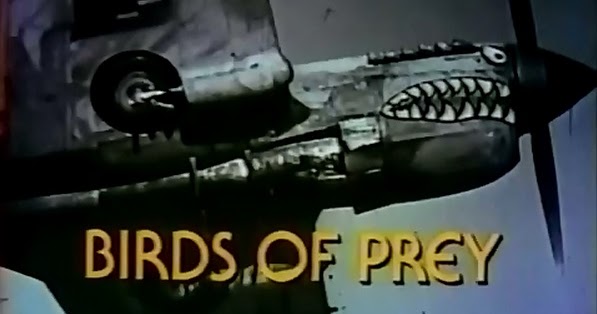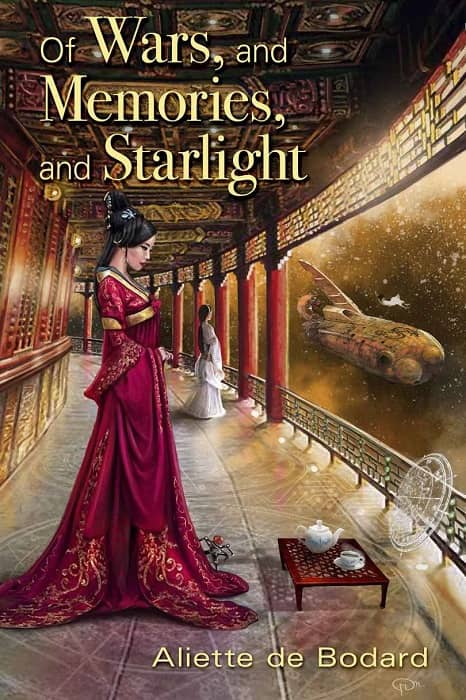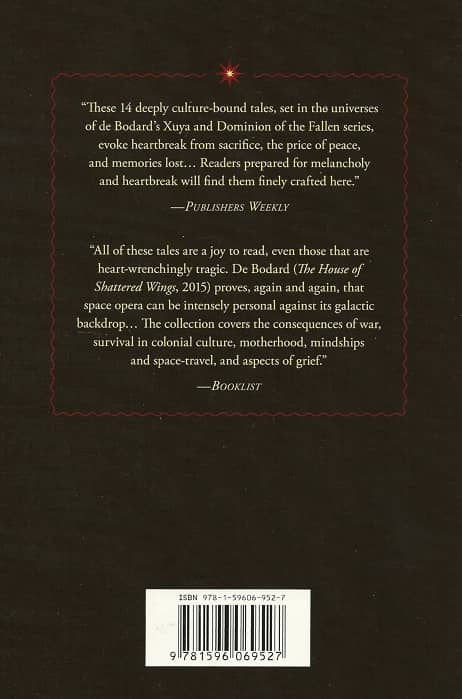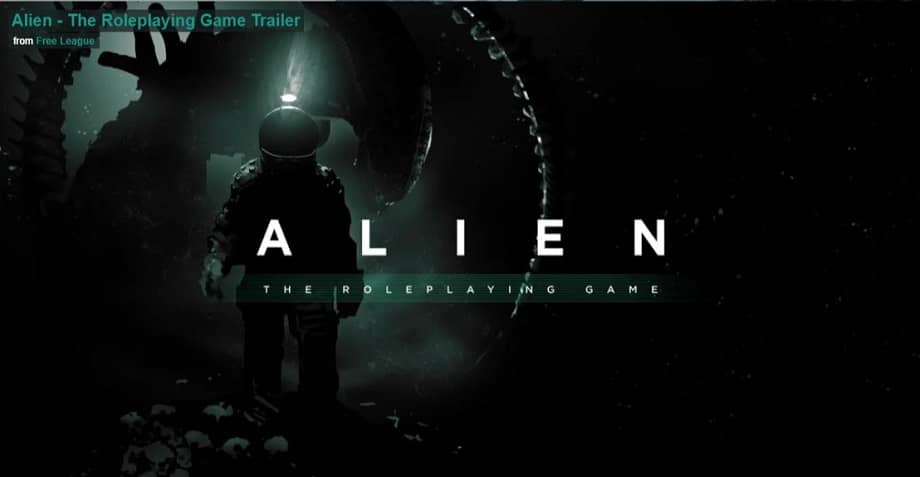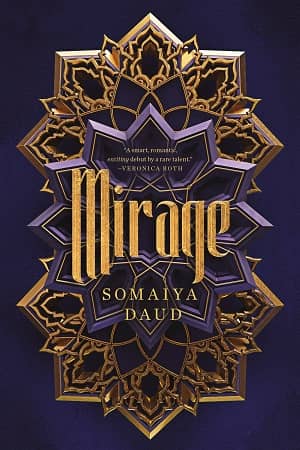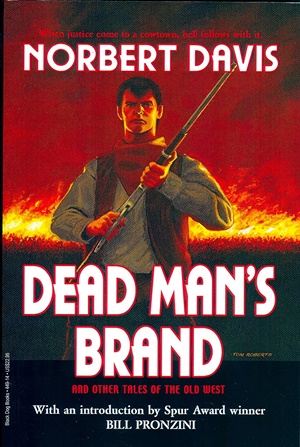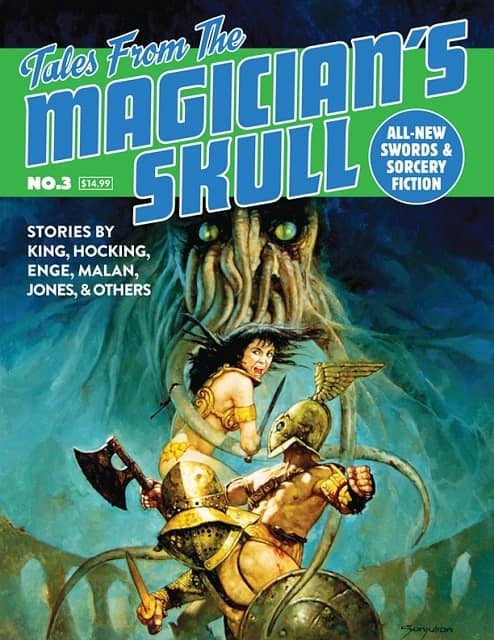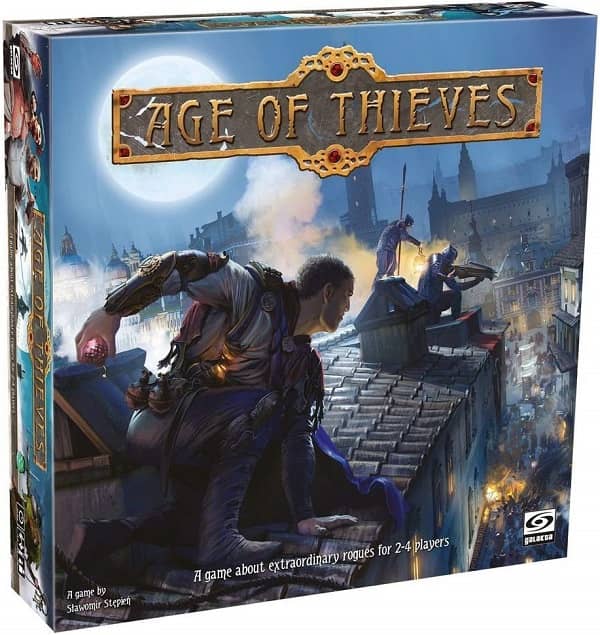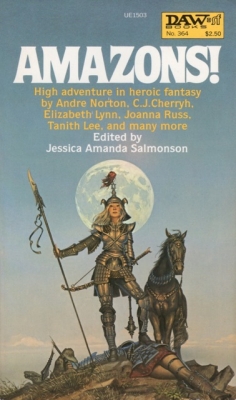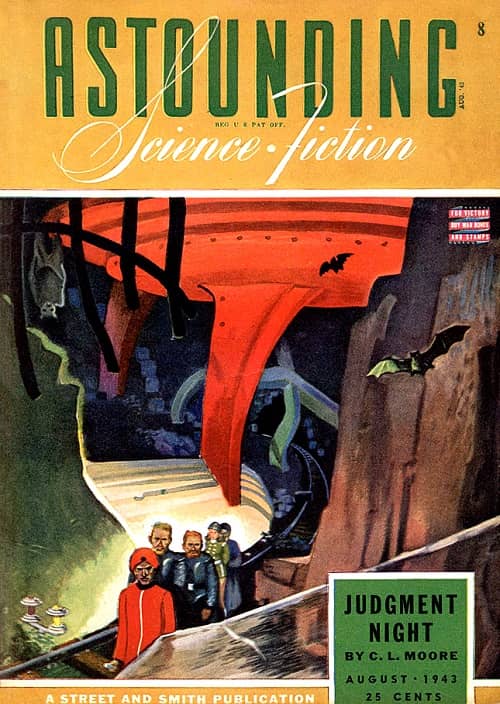More Wondrous and Weird than Fantasy: Dell Science Fiction Reviews
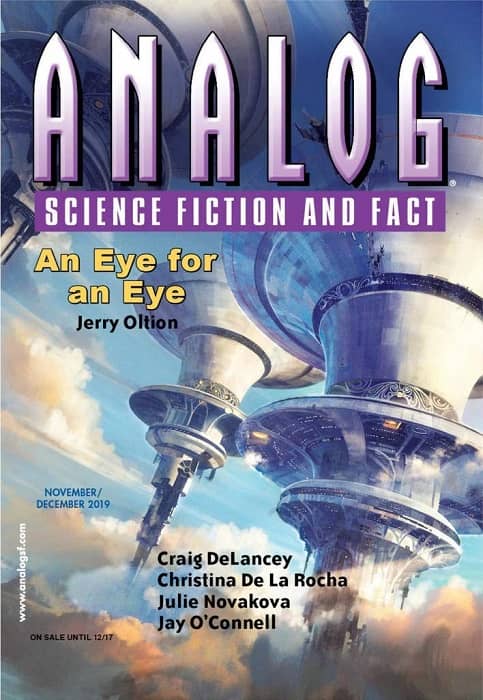 |
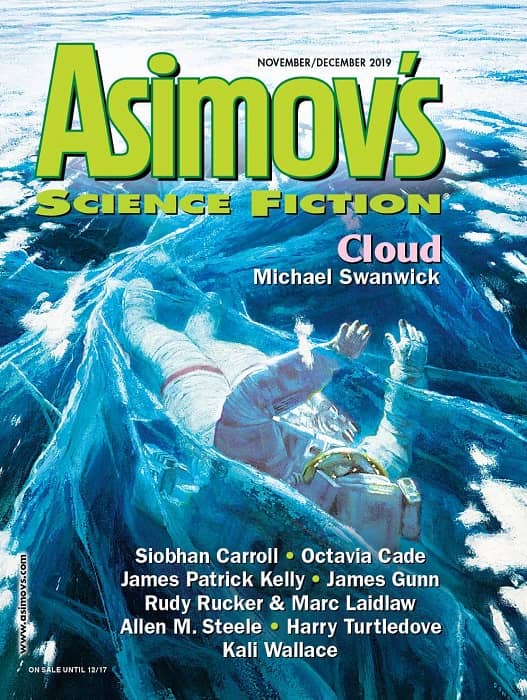 |
Covers by Tuomas Korpi and Donato Giancola
Spoiler warning: I choose to write unrestrainedly about all content in these magazines.
I’ve been reading Asimov’s Science Fiction regularly for — oh — maybe ten or fifteen years now. I began by “checking in.” I first picked it up from my newsstand in a bookstore to investigate the “current discourse,” while I focused most of my attention on my graduate studies and my own interests in the classics, both outside of and within the genre. But then I found myself, almost unconsciously “re-checking” in until, here I am, more than a decade later, regularly ingesting a paper mail subscription.
My involvement with Analog Science Fiction and Fact began similarly but much more recently. Idle curiosity about this “hard” science fiction thing had me sampling an issue off an electronic bookshelf, then another, then another. Here’s the thing about hard science fiction: it “blows my mind.” “Real” science is infinitely more wondrous and weird than fantasy — and more impressive to me, simply because, though I can write passable fantasy, I don’t have the wherewithal to attempt anything even tangentially based in science fact.
Editor John O’Neill has heard me opinionating on the material in both of these publications for long enough now that, after some prodding and pressuring from him, I endeavor a new series for the year, one in which I review standouts and make observations about the content in these two pulps from Dell Magazines. The material covered will be totally arbitrary. I will address only what seems most notable; my comments will not be comprehensive. Finally, my lens is focused on these two, ignoring all other science fiction publications, only because these happen to be the magazines I read. I do read things other than short speculative fiction, and I’m not interested in making a full time job out of the latter. Even though I have been out of graduate school for many years, I still read the classics once in awhile.
